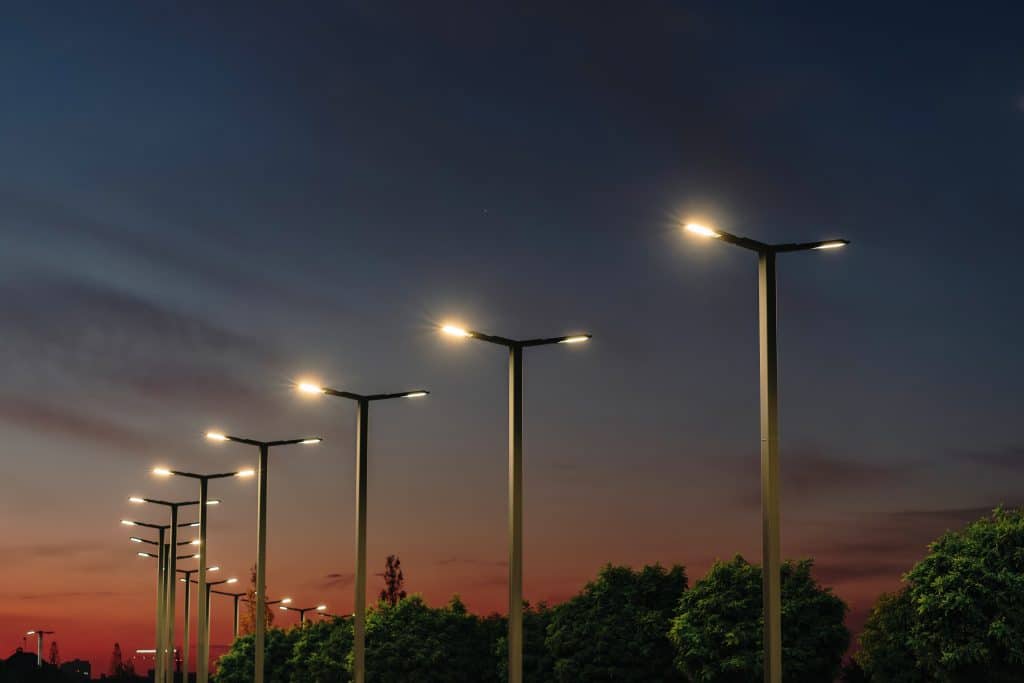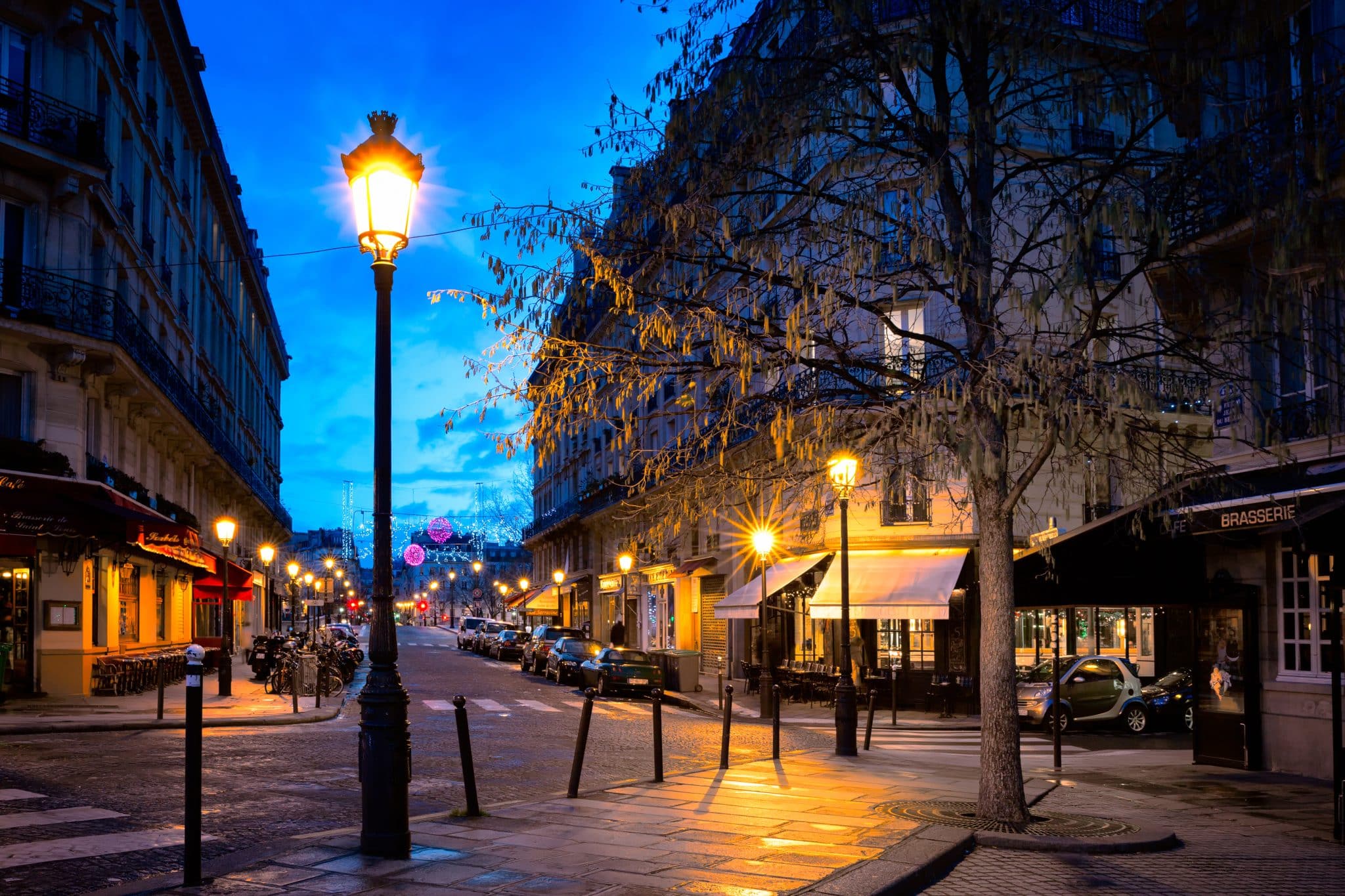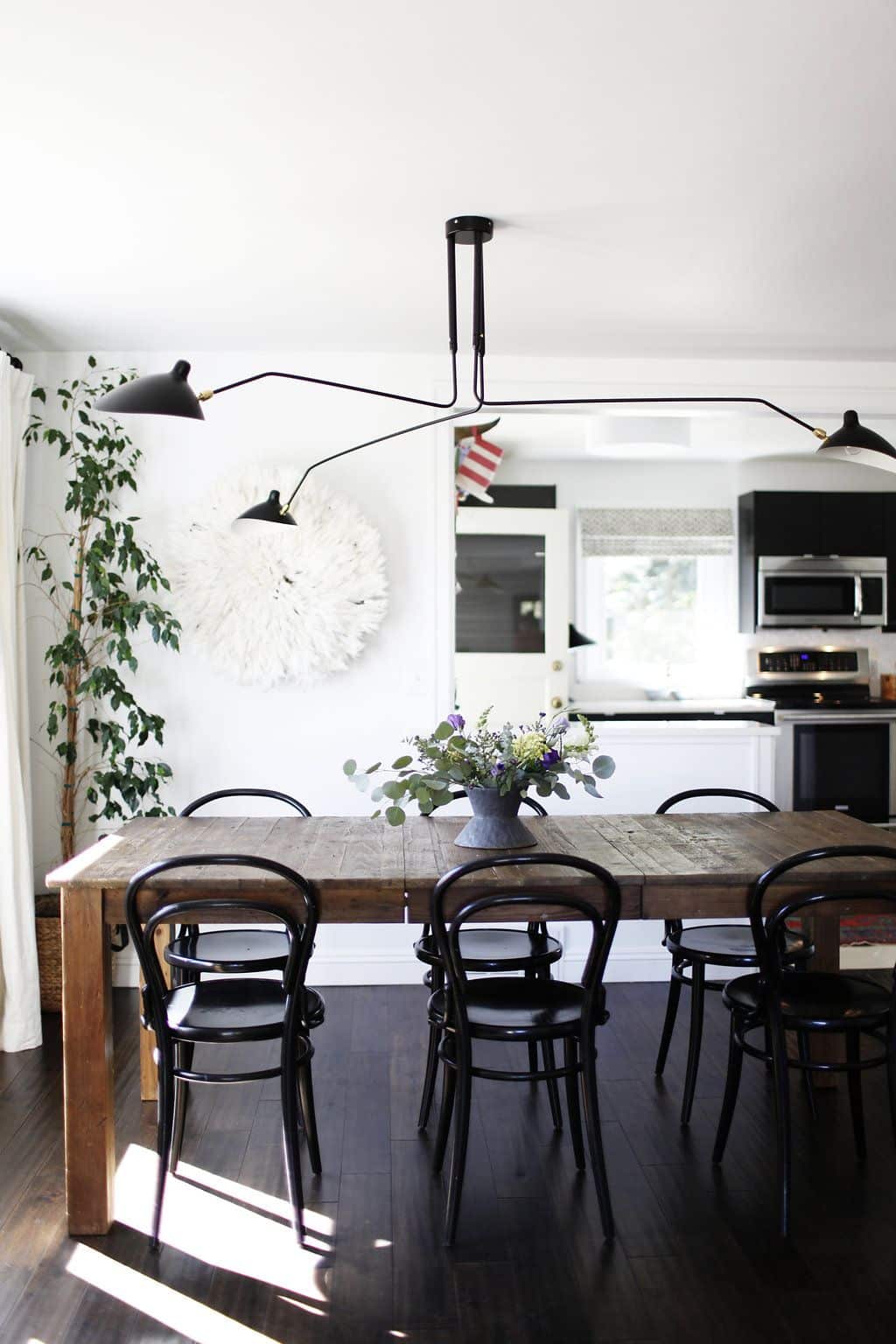Street Lighting Design: Balancing Aesthetics And Functionality
In the vast canvas of urban landscapes, street lighting serves both as an essential utility and a design emblem. Picture walking down a dim alley; your pace quickens, your senses heighten, and a sense of unease builds.
Shift your thoughts to a beautifully illuminated street, where each corner shines with a soft glow. This isn’t just about visibility. Proper street lighting design enriches the environment, transforming spaces into welcoming and functional areas.
As an architect, urban planner, or designer, your challenge lies in blending aesthetics with utility. How can you strike this balance, ensuring safety while enhancing the beauty of urban spaces? Delve into this intricate realm of design and illumination.
Understanding The Foundations Of Street Lighting Design

Every project thrives on foundational knowledge. Proper lighting prevents accidents, deters unwanted activities, and fosters a feeling of security. Beyond safety the aesthetic aspect, where the right street lighting design elevates an urban space’s charm.
It’s not just about selecting a visually pleasing fixture. Here, science and creativity meet. You need to understand technical aspects like intensity, color temperature, and beam spread. Balancing these elements helps create the desired ambiance on roads.
As cities evolve, demands on their infrastructure change. Modern street lighting should be efficient, durable, and environmentally friendly, prompting continuous evaluation of materials, technologies, and design approaches.
The Importance Of Choosing The Right Fixture
Fixtures do more than house lights; they narrate your design story. They set the mood, establish style, and bring uniqueness to a street or district. Whether you lean towards sleek, modern fixtures or detailed vintage styles, each choice tells a tale.
However, functionality is crucial. The placement, height, and spacing between fixtures significantly ensure optimal illumination. Different areas have varied needs. For instance, a bustling street might need bright, closely spaced lights, while a tranquil park benefits from softer, spaced-out lighting.
The choice of materials is also crucial. Local environmental factors—from coastal salt sprays to industrial pollutants—can affect the lifespan of your fixtures. While aesthetics is essential, practicality shouldn’t be overlooked.
The Art Of Color Temperature
Different lights evoke distinct feelings, primarily influenced by their color temperature. Residential areas often choose warmer tones for a cozy feel, while commercial zones might lean towards cooler shades for precision.
Color psychology is crucial here. Warm colors create a relaxed atmosphere, ideal for parks or homes, whereas cooler colors promote clarity and are perfect for busy intersections or commercial zones.
Seasonal changes might also sway color preferences. Adaptive systems that adjust lighting based on the season add depth to your designs.
Integrating Smart Technology
With the rise of smart cities, street lighting has advanced. Today’s systems adjust in real-time to various conditions, from ambient daylight to traffic flow. This adaptability ensures optimal lighting and significant energy savings.
But smart lighting offers more than just adaptability. Imagine a system alerting you when a bulb’s lifespan ends or fixtures equipped with Wi-Fi capabilities or emergency call functions. The possibilities are broadening, reshaping the definition of traditional street lighting.
Addressing Light Pollution
The growth of cities results in brighter night skies. While this can symbolize advancement, it’s a growing issue. Excessive brightness hides the stars, disturbs wildlife, and might even impact human health.
Modern designs emphasize ‘downlighting’ to minimize light directed skyward. By reducing glare and unwanted spread, these designs crucially combat light pollution. It’s about striking a balance: ensuring adequate street lighting without adversely affecting the surroundings.
Ensuring Accessibility And Inclusion
In the pursuit of design excellence, consider the varied needs of the urban population. Lighting should be inclusive, catering to everyone—from kids to seniors and those with disabilities. Features like illuminated crosswalks or tactile pathways can make a world of difference.
Angled lighting helps those with visual impairments, empowering them to move with confidence. Adjusting light strength and direction based on an area’s specific needs enhances overall safety. Always remember: public spaces belong to everyone, and a design that embraces all enriches the communal experience.
Prioritizing Energy Efficiency
As the world shifts towards eco-friendly practices, conserving energy is paramount. LEDs, renowned for their efficiency and longevity, dominate street lighting. They offer unmatched control over light quality.
Being efficient extends beyond just the type of bulb. Using solar panels or motion sensors can further enhance energy savings. Adjusting lighting patterns and brightness can result in notable cost savings for municipalities and accentuate a city’s commitment to sustainability.
Maintenance And Longevity
A design’s long-term viability is as crucial as its initial impact. This holds especially true for streetlights. Aspects like durability, ease of repair, and resilience against environmental factors determine the fixture’s lifespan.
Opt for designs that allow upgrades or changes without significant modifications. While a fixture should captivate, its maintenance should be straightforward. A beautiful light that constantly malfunctions quickly loses its charm.
In Conclusion
Urban design is intricate and multi-faceted. While streetlights are often overlooked, they hold the power to transform spaces, bolster safety, and evoke emotions.
Blending aesthetics with function may seem daunting, but it’s a rewarding journey. As you venture into this world of design, envision streets basking in perfect light, seamlessly uniting beauty and purpose.







